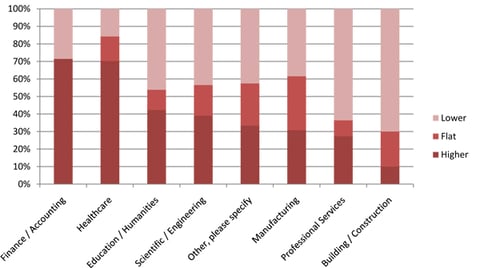When I think back on some of my favorite professional conversations, I notice a recurring theme. Again and again, most of these long, late-night discussions with friends and colleagues about the nature of associations tend to explore the same group of fundamental questions: What is true for all associations? What do we have in common? What does the future hold for our profession? Indeed, association professionals spend an extraordinary amount of time and energy trying to get to the core of what drives our organizations forward, attempting to isolate a set of core principles and fundamental truths.
The tendency in these conversations, and in many of our industry’s educational offerings, is to speak about ASSOCIATIONS as a singular, homogenous group. As such, we seek effective practices and “trends” that apply equally across the entire sector. This pursuit is noble, as we can often gain competitive advantage in our own markets by applying what is working in other organizations.
However, when it comes to some of the core elements of association management, one size does not fit all. Take membership growth, for example. Results from McKinley’s 2011 Economic Impact Study on Associations clearly illustrate that success in membership is as much a story of what is happening externally in an association’s environment as it is about internal drivers, such as marketing tactics, a particular governance model or what the strategic plan says. As shown below, when we asked association executives to report the direction of their organizations’ five year membership trend, we find that industry sector has a tremendous influence on results:
Of course, these findings make perfect sense when viewed with an objective eye. The healthcare sector has been strengthening for some time; as new and existing associations capitalize on new developments in medicine and the evolution of new areas of practice. Alternatively, the deep impact of the recession can be seen visibly in membership results from associations representing the building, construction sectors, which still have a long journey ahead to full recovery. This is no surprise to the organizations at these poles, as the macro-economic context tells most of the story. But what of those in the middle, where there is a relatively even distribution of gains and losses? A more disciplined study of organizations by sector would probably help us more accurately identify the characteristics of effective association strategy, execution and leadership…and sharpen the focus of our long-standing discussions and debates.
Tag(s):
Governance and Leadership
4 min read
| March 7, 2024
Maintaining motivation and persistence in DEIAB work
Read More
Governance and Leadership
3 min read
| February 15, 2024
2024 Association Partner of the Year: Jay Younger
Read More
Governance and Leadership
5 min read
| January 30, 2024







